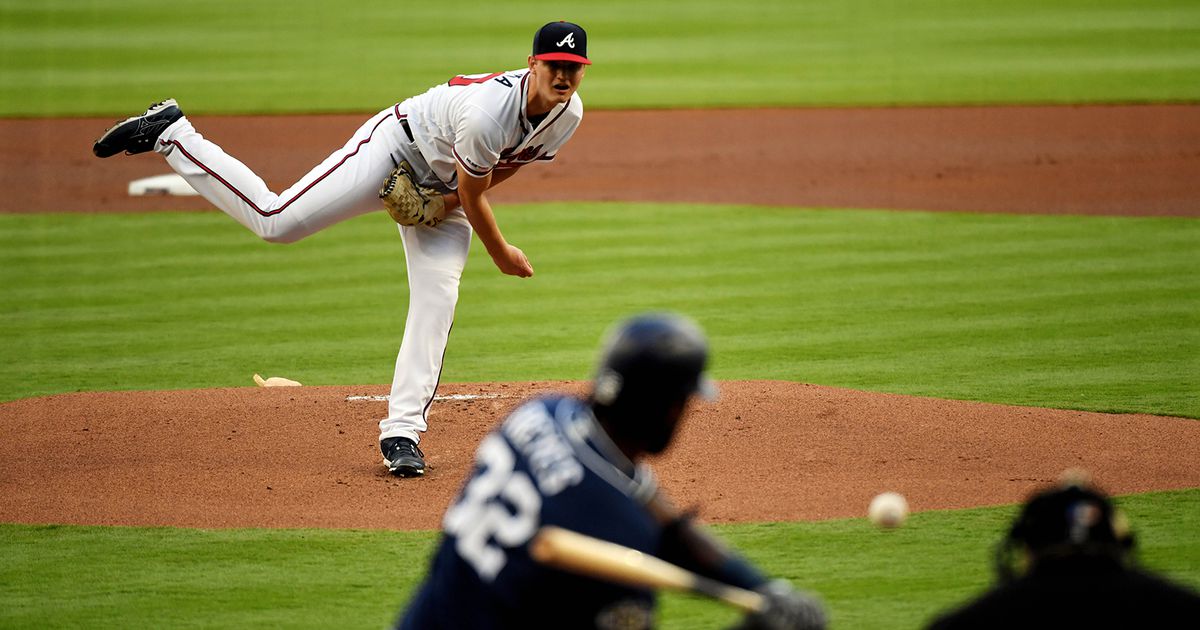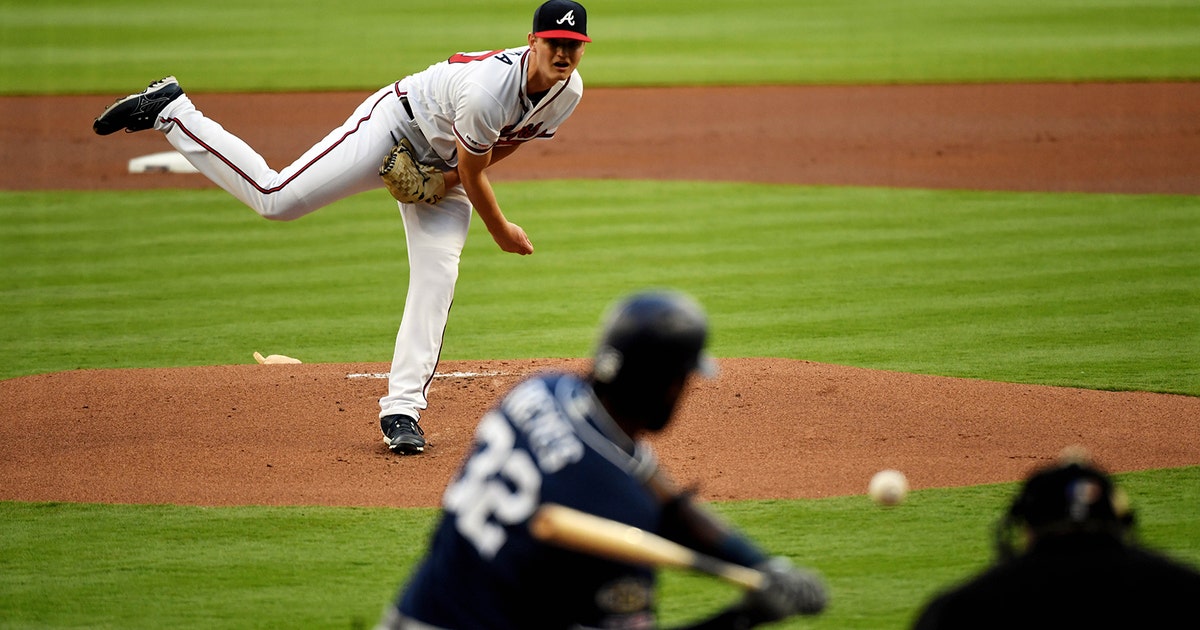Three Cuts: Mike Soroka already putting up frontline starter numbers


The central appeal of top prospects and rookies is potential, the idea that the present hints at a much brighter future. On rare occasions, this idea arrives fully formed, with the present not so much hinting as screaming about what’s on the horizon. Atlanta watched this unfold with Ronald Acuña Jr. in 2018. There’s a chance the city is watching it yet again with Mike Soroka.
The 21-year-old right-hander is the youngest starting pitcher in baseball and, four starts into what projects to be his first full season in the majors, he’s pitching like one of the game’s greats. He’s limiting damage like he’s 2018 Jacob deGrom. He’s matching Justin Verlander’s career strikeout-to-walk ratio. He’s carrying a 1.14 ERA into May.
Small sample sizes are partially to blame for this extreme outlier, but peripheral numbers only serve to strengthen Soroka’s case.
- Since 1980, the only under-22 starter to post a better adjusted fielding-independent pitching than Soroka (62 FIP-, or 48 percent better than league average) with at least 40 innings pitched is Stephen Strasburg. The names directly behind Soroka on this list are Dwight Gooden, Jose Fernandez, Roger Clemens and Kerry Wood.
- By this same adjusted FIP metric, Soroka ranks third among all starters with at least 40 innings pitched over past two seasons. The only two pitchers ahead of him are deGrom and Chris Sale. The names directly behind him: Max Scherzer, Trevor Bauer, Patrick Corbin, Gerrit Cole, Luis Severino and Justin Verlander.
- Per Statcast, Soroka’s production is not a fluke of batted balls simply finding fielders’ gloves. Opponents are averaging 84.2-mph exit velocity on batted balls against Soroka — a mark that ranks in the league’s top 6 percent — and his average launch angle is negative. He’s thrown 364 pitches and allowed just one barrel and zero home runs.
- The arsenal arrived as advertised. His spin rate ranks in the upper echelon of major-league pitchers, he changes speeds from the mid-90s to an 80-mph changeup that keeps improving and his sinker looks like a plus-plus pitch right now. He’s altering his out pitch to make inning-by-inning adjustments to hitters. Soroka is also proving why he was under consideration for the best command tool in minor-league baseball.
“The game’s slow to him,” Braves catcher Brian McCann said after catching Soroka’s start against Miami. “You’re talking to him before the game, you’re talking to him in-game, the adjustments he’s able to make because he slows the game down. To be his age, it’s incredible.
“ … It’s hard to think about someone that can come in here and take the ball and to slow the game down like he can. It’s a rare thing in today’s game. He’s well beyond his years.”
There’s a case to be made that Soroka has not been truly tested against an elite opponent this season. He’s faced three bottom-10 offenses (Reds, Padres, Marlins) in his four starts and San Diego’s lineup did not feature rookie phenom Fernando Tatis Jr. The Diamondbacks rank third in runs scored and top-10 in overall offensive production, but the lineup he faced that day still led off with Ildemaro Vargas, Wilmer Flores, David Peralta and Adam Jones; only one of those players (Peralta) hit at least five percent above league average last season. In this sense, his next two scheduled starts against Arizona and St. Louis will be informative.
Consistency matters, too. Start-to-start and month-to-month effectiveness are positive signs, but true top-of-the-rotation arms are able to show up and deliver on an annual basis. That will obviously take time and patience. For now, Soroka can only navigate through lineups every five days. The Braves are not — and should not be — concerning themselves with any of this context right now.
“He’s just one of those kids, he just keeps making pitches. He never gives in,” Snitker said. “It’s like each pitch is a separate entity in itself. He makes a pitch and then worries about the next one. He doesn’t get caught up in anything. And he’s got the ability to throw one pitch and get out of an inning.”
Nine starts into his career, Soroka is producing at a historic rate and making it look easy. That matters: 21-year-old starting pitchers rarely make the majors in general — Soroka became one of only 20 pitchers since 2000 to make at least five starts as a 20-year-old — but when one arrives immediately putting up Jose Fernandez numbers it’s notable.
Soroka has exceeded even the loftiest prospect expectations thus far. Still, we’ll need a longer track record before he officially goes from producing like the 2018 NL Cy Young winner to Jacob deGrom’s designated NL East counterpart. But even if MLB’s youngest starting pitcher encounters obstacles along that path and even if he didn’t arrive as a fully formed frontline starter, at the very least he’s thrown his hat into the NL Rookie of the Year race. That’s a decent start.
Adam Hagy








